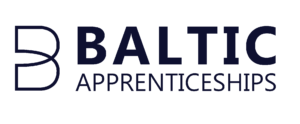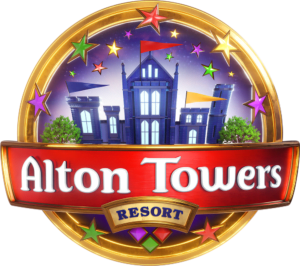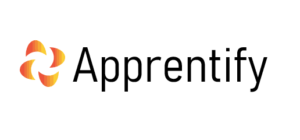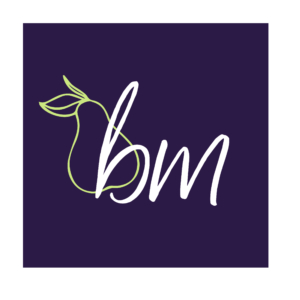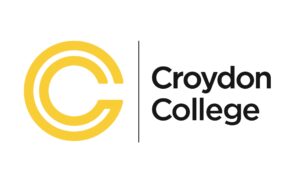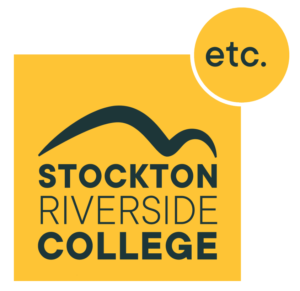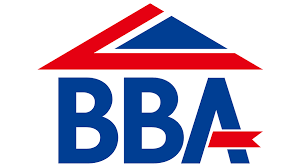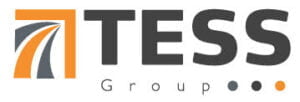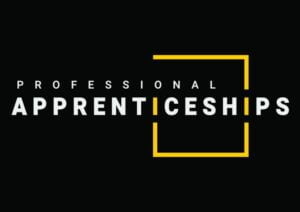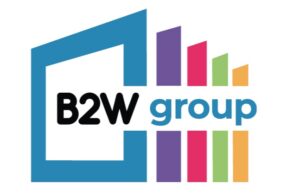How to answer questions in EPA interviews and professional discussions
This guidance was correct at the time of publication. Please be aware it may no longer reflect current guidance. Please refer to our current support materials for up to date guidance. These can be found on the epaPRO portal.
In your end point assessment (EPA), the independent assessor is looking for you to show how you have applied your knowledge, skills and behaviours (KSBs) to meet the assessment criteria.
Reflecting on your learning may help you focus your thinking on the positives and negatives of what you did while on programme, and phrase your answers in a way that demonstrates what the assessor is looking for.
For most standards, EPA interviews and professional discussions allow you to speak about any of your time on programme. We’ll show you one way to structure your answers and reflect on your performance. The process of reflecting itself demonstrates many common behaviours found in assessment plans, such as:
- Continuous professional development (CPD)
- Acting professionally and in the best interests of your organisation
- Managing your own performance.
When answering questions in your EPA, start with the criteria you will be marked against – the assessment plan may call these the assessment criteria or The What, The How and The With Whom.
Activity
1. Prepare examples
Look through the assessment criteria and prepare 2-3 examples that show how you achieved these. Write these down. You’re likely to find that each example covers more than one criteria.
Having trouble thinking of examples? Consider:
- How did you make a difference for your team or organisation?
- What skills have you developed during your apprenticeship?
- How have you progressed since you started your apprenticeship?
- Can you name times you took the lead or took initiative?
- What can you now do independently that you once needed guidance or supervision to do?
Tip: In EPA, it’s essential to show the assessor where you made a difference. Even if your apprenticeship involved supporting others, make sure to highlight the role you played and the skills you brought to your team.
2. Tell a story
A good way to phrase your example is to tell a story.
Start with a headline that catches the assessor’s attention, and then talk through the story. Be guided by the assessment criteria for your assessment plan. Your story might look like this:
- What was the problem or need?
- What did you do?
- What tools did you use (if relevant)?
- How did you work with others to achieve what you needed, or persuade others this was the right thing to do?
- What was the outcome? (e.g. an improved process, positive results, feedback from managers, happy customers)
- Reflect on your own performance. Looking back now, what would you do differently or do next? Remember, doing things wrong or getting poor results in the past is not a bad thing if you’ve reflected and can identify ways to improve.
- Sum up the knowledge, skills or behaviours you demonstrated. Don’t be afraid to mirror the assessment criteria by using the same phrases. Add these into your examples. For example, if the criteria says “Demonstrates their ability…”, mirror this and say “I demonstrated my ability to… by…”
As a brief example, a Business Administrator level 3 apprentice might say:
I increased customer satisfaction scores to 90% without costing my company any money. (Headline)
I noticed that we did a lot of work to sell our product/service, but after the sale, we didn’t get in touch with customers at all – they would come to us if they had a problem (the problem/need).
I recognised that to offer good customer service we should follow up with every customer to see if they are happy with their purchase and I proposed this to my manager (what you did). This could be something as simple as an email. My company uses email automation software called SendinBlue (the tools) and I suggested we set up an automated email to every customer after their purchase to see if they are happy and ask them to leave feedback. I pitched the idea to my manager and told them about the benefits and they agreed it was a good idea (persuading others). I worked with the team that manages the email automation software (working with others) and they set this up.
In the two months we had this set up, our customer satisfaction score went up from 80% to 90% and improving this process didn’t cost my company any money (the outcome). My manager was very happy and gave me great feedback on my performance.
I’m really pleased I was able to make this change and benefit my company. Looking back, I might have included more detail in the customer email, such as seeing if the customers want to buy our product protection cover. Next, I would like to look at other ways I can contribute to improving customer service (reflecting).
Through this improvement, I demonstrated my knowledge of my organisation and our customers, who are external stakeholders. I demonstrated the value of my skills and how I can use these skills to benefit my company. I showed project management and planning skills by identifying a need, planning a solution and tools, working with others to complete the task and finally reporting on the results (a 10% improvement in our customer satisfaction score). My interpersonal skills were shown by how I described and persuaded my manager to implement this change. The quality of my work shows in the results I got and in the positive feedback my manager gave me.
Try structuring your examples in this way, including detail relevant to your role and organisation.
Tip: Show off – this is your chance to show you are capable of carrying out your role to a high standard. Don’t be humble. Practise speaking about your achievements.
If you find this difficult, imagine your best friend wrote these examples and now they are applying for their dream job. Help them rephrase their examples to really show off their strengths.
3. Practice out loud
You should now have several solid, well phrased examples of how you met the assessment criteria.
Finally, practice speaking about your examples out loud. Try practising in front of someone else and ask if your example is clear and shows off what you personally did.
Tip: Remember that interviews and discussions are not about memorising answers. This activity is to help you structure answers. In your EPA, listen to what the assessor asks you and make sure you answer fully.
If your EPA involves a professional discussion or interview, look at your 1st for EPA Toolkit/Resource Pack to see further tips, including how long to speak for each answer.
You might also be interested in our blog 6 Ways to Demonstrate Skills and Behaviours in End Point Assessment







